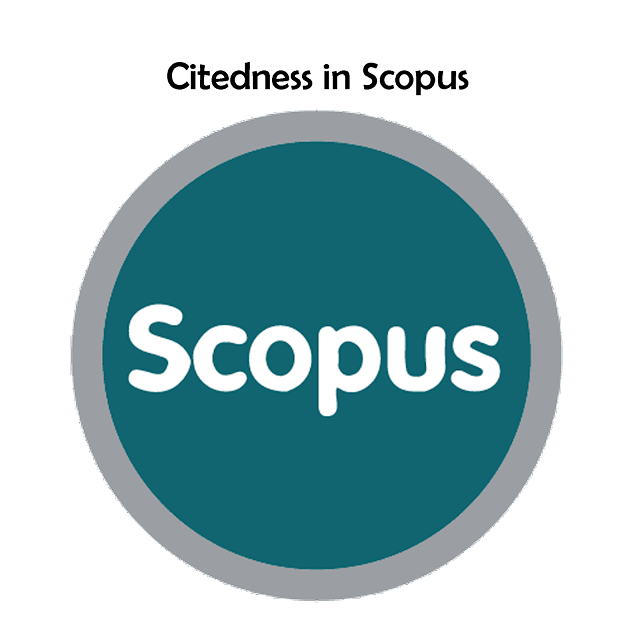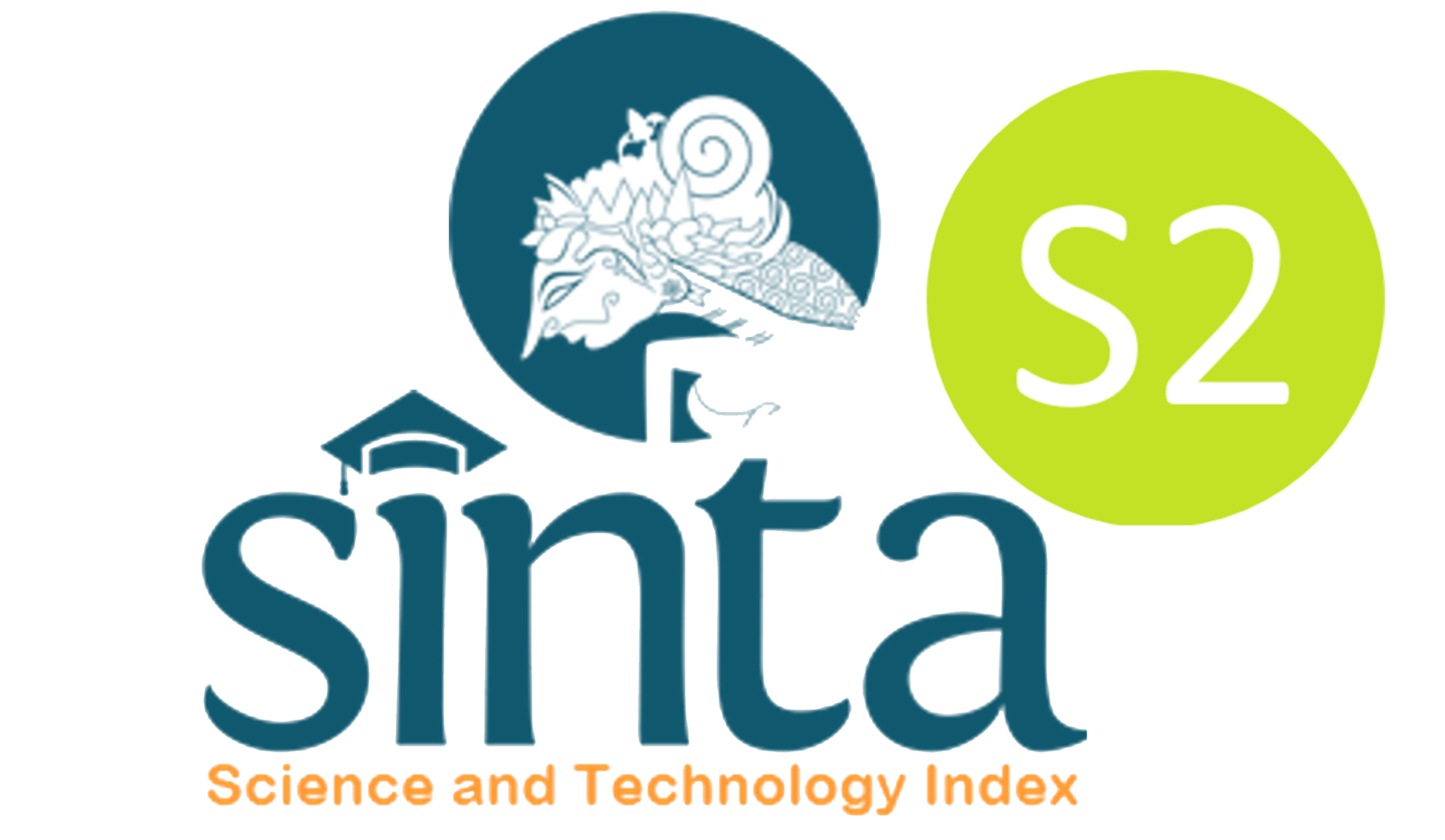Klasifikasi Masyarakat Miskin Menggunakan Metode Naive Bayes
Haditsah Annur(1*);
(1) Universitas Ichsan Gorontalo
(*) Corresponding Author
AbstractThe main problem in the current poverty reduction effort is related to the fact that economic growth is not evenly distributed. The research will classify based on the data of poor people obtained from Tibawa District by using data mining technique. Attributes to be used in classifying the population are Age, Education, Work, Income, Dependent, Status (Married / Unmarried). The method to be used is the Naïve Bayes Classifier method, which is one of the classification techniques in data mining. Based on the research, it is concluded that, the classification system of the poor in the administrative area of Tibawa sub-district, Gorontalo regency can be engineered and Based on the result of confusion matrix testing with split validation technique, the use of naïve Bayes classification method to the dataset which has been taken on the research object obtained the level of accuracy 73% or included in the Good category. While the Precision value of 92% and Recall of 86%. KeywordsPoverty Level; Data Mining; Classification; Naïve Bayes
|
Full Text:PDF |
Article MetricsAbstract view: 22181 timesPDF view: 13162 times |
Digital Object Identifier https://doi.org/10.33096/ilkom.v10i2.303.160-165 https://doi.org/10.33096/ilkom.v10i2.303.160-165
|
Cite |
References
Sumanta, Jaka. 2005. Fenomena lingkaran kemiskinan di Indonesia : Analisis ekonometri regional data panel propinsi tahun 1999-2002. MPKP UI.
Suryawati. 2004. Teori Ekonomi Mikro. UPP. AMP YKPN. Yogyakarta
Ayub, Mewati. (2007). “Proses Data Mining dalam Sistem Pembelajaran Berbantuan Komputer”, Jurnal Sistem Informasi Vol. 2 No. 1 Maret 2007 : 21-30
Mustafa , Muhammad Syukri . Simpen, I Wayan. (2014). Perancangan Aplikasi Prediksi Kelulusan Tepat Waktu Bagi Mahasiswa Baru Dengan Teknik Data Mining (Studi Kasus: Data Akademik Mahasiswa STMIK Dipanegara Makassar), ISSN: 2354-5771
Kursini, Luthfi, E. T., 2009, Algoritma Data Mining, Andi Offset, Yogyakarta.
Jananto, Arief. 2013. Algoritma Naive Bayes untuk Mencari Perkiraan Waktu Studi Mahasiswa.
Supriyanto, Catur. Purnama Parida. 2013. deteksi penyakit diabetes type ii dengan naive bayes berbasis particle swarm optimization. Jurnal Teknologi Informasi, Volume 9 Nomor 2, Oktober 2013
Kusumadewi, Sri dkk. 2006. Fuzzy Multi Attribute Decison Making (FMADM). Yogyakarta.Graha Ilmu.
Bambang Hariyanto, (2004), Sistem Manajemen Basis Data, Informatika, Bandung
Jeffry, L. Whitten,et al. 2004. Metode Desain dan Analisis Sistem. Edisi I. Diterjemahkan oleh tim penerjemah ANDI. Yogyakarta: Penerbit Andi Madcoms.
Jogiyanto, HM.,2005, Analisis dan Desain Sistem Informasi : PendekatanTerstruktur Teori dan Praktek Aplikasi Bisnis, Yogyakarta : Andi
Refbacks
- There are currently no refbacks.
Copyright (c) 2018 Haditsah Annur

This work is licensed under a Creative Commons Attribution-ShareAlike 4.0 International License.










